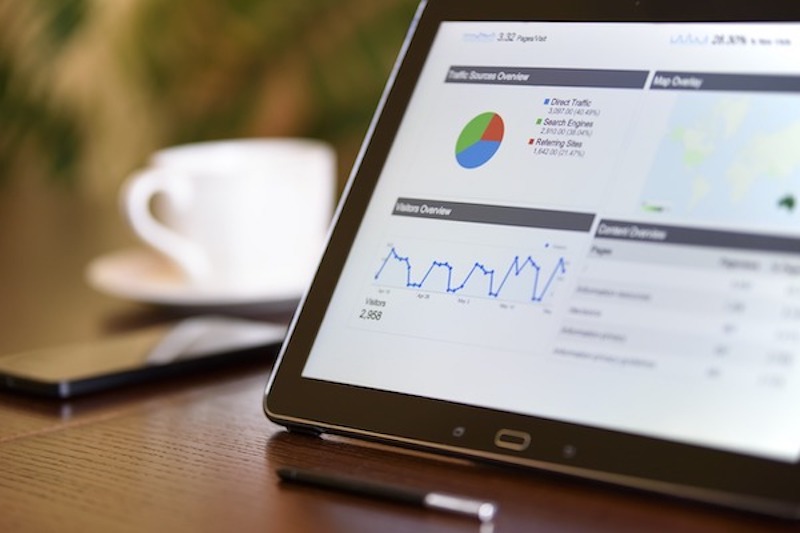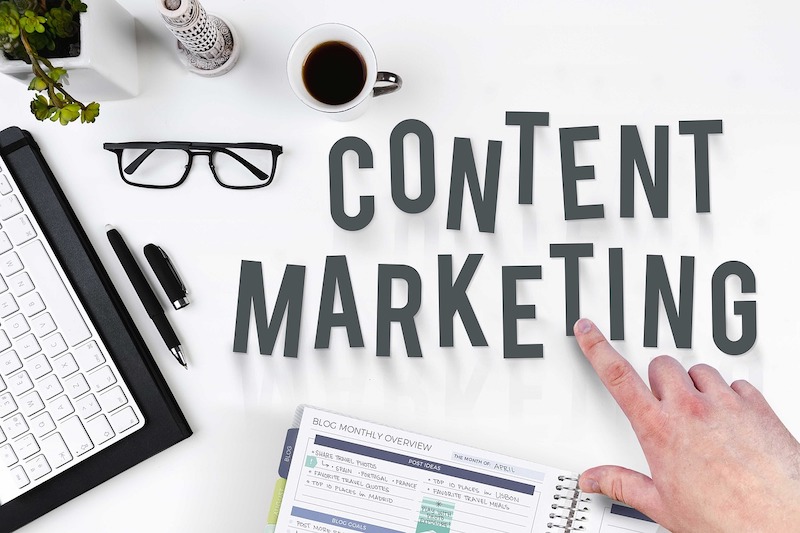
Starting your digital business can feel overwhelming, especially when you're. But fear not, for this guide is meant to support you in crafting your content strategy. Whether you're just starting out or looking to revamp your existing approach, this guide is designed to equip you with practical tips and insights to elevate your content strategy. From optimizing product descriptions to harnessing the power of social media and beyond, we'll explore proven tactics that will help you attract, engage, and convert visitors into loyal customers. Get ready to unlock the full potential of your e-commerce venture as we embark on this journey together.
Whether you're a solopreneur or a small team wearing multiple hats, preparing the foundations of your digital marketing strategy is key for later effectiveness in achieving your business goals: visibility, engagement, and ultimately, conversions.
We’ve gathered a varied list of products, with something for different occasions and needs.

Your website is more than just an online storefront. Invest time and thinking in structuring it effectively and avoid unnecessary steps for the stage of your business. Essentially, you should have these types of pages:
It is especially important for local businesses. It should be crisp, accurately reflecting your business hours and contact details. Update it with relevant images and strive to get good customer reviews.
Identify the channels where your audience is most active and create a consistent presence by sharing valuable content, engaging with followers, and fostering meaningful conversations. Leverage the power of visuals, hashtags, and user-generated content to amplify your brand's reach and drive traffic back to your website.
While the digital realm offers immense opportunities, don't overlook the power of offline marketing activities to establish local connections and foster community engagement. Consider participating in IRL (in real life) events such as trade shows, pop-up shops, or networking gatherings to showcase your products, build relationships with customers, and strengthen your brand presence in your community. Additionally, explore partnerships with local businesses, sponsorships, or charity initiatives to promote your brand's commitment to making a positive impact beyond the digital landscape.

When you set up the foundations of your e-commerce business, understanding your audience and how to guide them through the marketing funnel is essential for driving conversions and achieving your business goals. By mapping out the customer journey—from initial awareness to final purchase—you can effectively tailor your content and marketing efforts at each stage.
At the top of the marketing funnel is the awareness stage, where potential customers learn about your brand for the first time. Your goal here is to capture their attention and interest in your products or services.
Strategies for this stage may include:
As potential customers move into the consideration stage, they begin to evaluate their options and weigh the benefits of your offerings against those of competitors. Your objective here is to nurture their interest and provide valuable information to help them make informed decisions.
Tactics for this stage may include:
At the bottom of the funnel lies the decision stage, where potential customers are ready to make a purchase. Your focus here is to remove any final barriers to conversion and guide them toward completing the transaction. Strategies for this stage may include:
The journey doesn't end once a customer makes a purchase; in fact, it's just the beginning of a valuable relationship. The retention stage is all about nurturing loyalty and encouraging repeat business from existing customers. Strategies for this stage may include:
By understanding your audience's needs and behaviors at each stage of the marketing funnel, you can tailor your content and marketing efforts to effectively guide them toward making a purchase decision and an increased lifetime value for your business.
Now that you've gained insights into your audience and identified your primary marketing channels, it's time to implement a structured approach to content marketing that ensures consistent growth and adaptation. The plan, execute, measure, and learn framework provides a systematic method for strategizing, implementing, and refining your content marketing activities.While terms like "sprints" and "iterations" may sound intimidating at first glance, fear not—I'm here to demystify them and break down these concepts into plain and simple language that anyone can understand and implement.
Begin by developing a content strategy that aligns with your business objectives and audience insights. Define your content goals and the metrics you'll use to understand their effectiveness. Structure the types of content we discussed in the first section, the channels you'll utilize, and the publishing cadence for each.
With your plan in place, it's time to execute your content marketing activities in sprints (steps that will allow you to observe and learn).
As you implement your content marketing initiatives, it's crucial to track and measure their impact on your business objectives. Leverage analytics tools to monitor key metrics such as website traffic, engagement rates, conversion rates, and customer acquisition costs. Evaluate the performance of individual pieces of content and campaigns against your predetermined KPIs, identifying what's working well and areas for optimization. Regularly review and analyze data to gain actionable insights into audience preferences, content effectiveness, and channel performance.
The learning phase is where the magic happens, as you extract valuable insights from your data and apply them to refine your content strategy. Identify patterns, trends, and correlations in your analytics data to understand what resonates most with your audience and drives meaningful results. Incorporate feedback from customer interactions, user surveys, and social media engagement to inform future content decisions. Embrace a culture of continuous improvement, where every iteration builds upon the successes and learnings of the past, propelling your content marketing efforts forward.
As we conclude this foundational lesson in content marketing for small e-commerce businesses, I hope you've found valuable insights and actionable strategies to help your online presence. Remember, this article is just the beginning of your journey toward content marketing mastery. In the coming weeks, I'll be diving deeper into each section and subsection covered here, providing in-depth guides and practical tips to help you implement these strategies effectively. So, stay tuned for more articles focused on empowering small business owners like you to succeed in the digital marketplace.